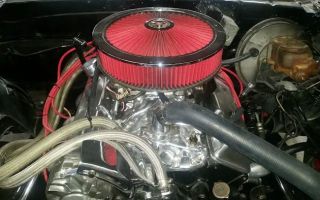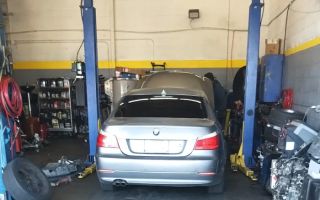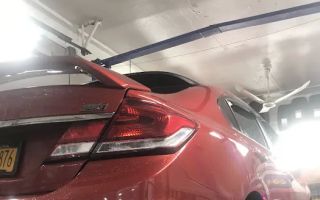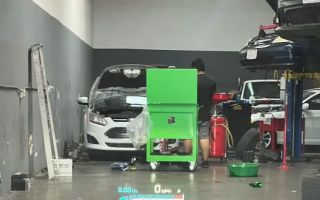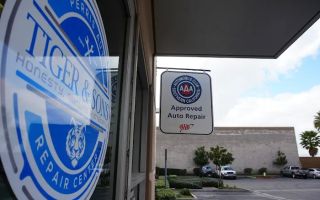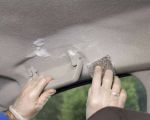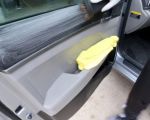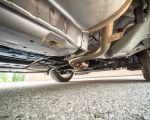- 1-Why-Maintaining-Door-Locks-and-Hinges-Matters-#why-maintaining-door-locks-and-hinges-matters
- 2-Common-Signs-of-Worn-Locks-and-Hinges-#common-signs-of-worn-locks-and-hinges
- 3-How-Weather-Affects-Your-Car’s-Door-Mechanisms-#how-weather-affects-your-car’s-door-mechanisms
- 4-Essential-Tips-for-Maintaining-Door-Locks-#essential-tips-for-maintaining-door-locks
- 5-Tips-for-Keeping-Door-Hinges-in-Good-Condition-#tips-for-keeping-door-hinges-in-good-condition
- 6-Real-Stories-of-Drivers-Dealing-with-Door-Issues-#real-stories-of-drivers-dealing-with-door-issues
- 7-When-to-Seek-Professional-Help-#when-to-seek-professional-help
- 8-Why-Reliable-Assistance-Makes-a-Difference-#why-reliable-assistance-makes-a-difference
1. Why Maintaining Door Locks and Hinges Matters
Door locks and hinges may not be the flashiest features on a car, but they are critical for everyday convenience and safety. Without proper care, locks can jam, hinges can squeak or seize, and doors may fail to latch securely. Regular maintenance keeps these components functioning smoothly while preventing expensive repairs later.
Drivers in colder or wetter regions especially notice how quickly these parts wear down. The combination of moisture, dirt, and temperature swings puts constant stress on these mechanisms, making upkeep essential.

Pick Your Part - Help Yourself
1232 Blinn Ave, Wilmington, CA 90744, USA
2. Common Signs of Worn Locks and Hinges
Lock and hinge problems rarely happen overnight. Instead, they develop gradually, showing subtle hints long before they fail completely. Difficulty turning the key, sticky electronic buttons, or loud creaking sounds when opening doors all point to early wear.
If you notice your door sagging or requiring extra force to close, that’s another sign that hinge lubrication or alignment is overdue. Early detection goes a long way in preventing deeper mechanical issues.

Pick Your Part - Greer
13054 E Wade Hampton Blvd, Greer, SC 29651, USA
Why Ignoring the Symptoms Makes Things Worse
Minor resistance or noise often leads to metal fatigue, broken actuators, or even lockouts. Addressing these signals early spares you costly repairs and potential safety risks.
3. How Weather Affects Your Car’s Door Mechanisms
Cold temperatures can thicken old lubricants, making hinges stiff and locks slow to respond. In winter climates, frozen moisture inside the lock can leave drivers locked out entirely. Meanwhile, humid and rainy conditions accelerate rust on hinge pins and lock components.
Drivers in coastal areas often report faster hinge deterioration due to salt air exposure. Understanding how your climate impacts your vehicle helps you plan the right maintenance routine.
Heat and UV Exposure Can Also Cause Issues
Warm weather dries out lubricants and weakens plastic lock components, especially on older vehicles. A seasonal inspection helps prevent sudden failures.
4. Essential Tips for Maintaining Door Locks
Start with regular cleaning. Dirt and debris accumulate inside lock cylinders and around electronic buttons. Compressed air is perfect for removing buildup without pushing grime deeper into the mechanism.
A graphite-based lubricant works best for traditional key locks, as oil-based products attract dirt. For modern keyless-entry systems, check the actuator performance during routine maintenance to avoid electrical surprises on cold mornings.
Why Replacement Keys and Fobs Should Be Tested
Sometimes a lock issue is actually a worn key or fob battery. Testing backups ensures you’re not misdiagnosing the problem or getting stuck unexpectedly.
5. Tips for Keeping Door Hinges in Good Condition
Hinges rely heavily on smooth movement, and lubrication is key. Use silicone-based sprays or white lithium grease to keep them operating quietly. Apply lubrication at least twice a year, especially before winter sets in.
If your door feels misaligned, hinge bolts may need tightening. Avoid forcing the door open wider than its design allows, as this puts excess strain on the hinge assembly.
Do Hinges Ever Need Replacement?
Yes—wear and metal fatigue can eventually require new hinge pins. Replacing them early keeps your door aligned, preventing latch issues and further wear on the frame.
6. Real Stories of Drivers Dealing with Door Issues
A driver in Minnesota shared how her car door refused to unlock during a snowstorm. After weeks of ignoring stiffness in the lock, moisture finally froze inside the mechanism. A simple seasonal lubrication could have avoided the ordeal.
Another driver told a popular online forum how his door hinge squeak turned into a sagging door that wouldn’t close properly. A small lubrication task became a full hinge replacement, costing far more than early maintenance would have.
7. When to Seek Professional Help
If locks fail to respond even after lubrication, or if electronic actuators behave unpredictably, it may be time to consult a technician. Structural hinge damage, severe rust, or doors that refuse to latch correctly should never be left to guesswork.
DIY fixes work for light maintenance but not for mechanical failures. Professional diagnosis prevents unsafe situations—especially when a malfunctioning door could open unexpectedly while driving.
8. Why Reliable Assistance Makes a Difference
Cars often give subtle warnings before failure, but drivers don’t always notice in time. That’s where a trusted service can help. Teams like Rescue & Towing not only assist during emergencies but also guide drivers in preventing future issues with their locks, hinges, and other vulnerable components.
Whether your door is stiff, squeaky, or failing to latch, having dependable help ensures the problem is handled quickly, safely, and correctly—leaving you confident every time you open and close your vehicle door.


